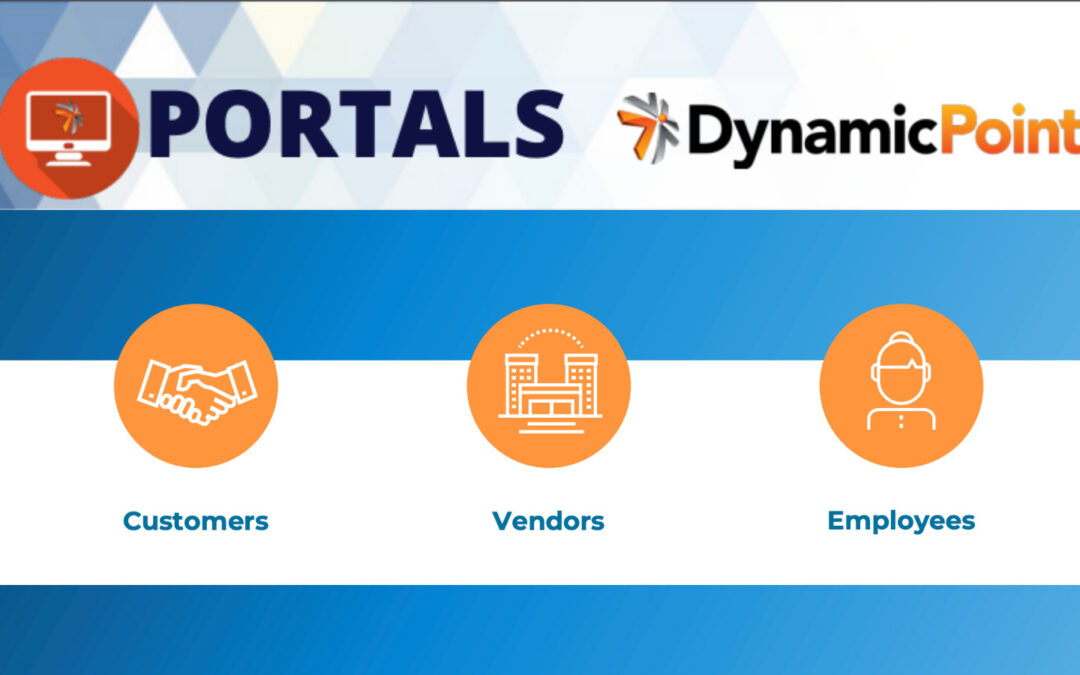Effective vendor collaboration is crucial for streamlined operations, improved efficiency, and enhanced relationships. To facilitate seamless communication, document sharing, and data collaboration with vendors, organizations are turning to Office 365 SharePoint as a powerful platform for creating a vendor portal. Below, explore the benefits of using Office 365 SharePoint to develop a vendor portal and how it can refine your vendor management processes.
Centralized Vendor Information
Office 365 SharePoint provides a centralized platform to store and manage vendor information. By creating a dedicated vendor portal, you can consolidate vendor profiles, contracts, contact details, performance metrics, and other relevant documents in a single location. This eliminates the need for multiple spreadsheets or disparate systems, ensuring easy access to up-to-date vendor data for your team members.
Secure Document Management
SharePoint offers robust document management capabilities, ensuring secure and controlled access to vendor-related files. With SharePoint’s granular permission settings, you can define who can view, edit, and share vendor documents. This helps maintain confidentiality, protect sensitive information, and comply with data privacy regulations. Version control features also enable tracking changes, ensuring that the most recent document versions are readily available.
Streamlined Communication and Collaboration
A vendor portal powered by SharePoint enables seamless communication and collaboration between your organization and vendors. Features like discussion boards, announcements, and shared calendars allow real-time communication and coordination. You can share updates, important announcements, or upcoming events, fostering a transparent and collaborative relationship with your vendors. SharePoint’s integration with other Office 365 tools like Outlook and Teams further enhances communication efficiency.
ERP Integration
DynamicPoint’s portal add-in provides real-time integration with ERP data. This enables the inclusion of such information as purchase orders, invoices, vendor information and contracts right from your ERP system. The data is filtered for the specific authenticated vendor such that only their information is displayed in a secure fashion. Edit rights can also be provided such that vendors can acknowledge purchase orders or update delivery dates with either immediate updates or after approval to the applicable ERP transaction.
Enhanced Vendor Onboarding
Efficient vendor onboarding is vital for a smooth procurement process. SharePoint’s customizable forms and Power Automate workflows enable you to streamline vendor registration and onboarding processes. You can create custom forms to capture vendor details, certifications, compliance information, and other necessary documentation. Power Automate workflows can automate the approval process, routing vendor onboarding requests to the appropriate stakeholders for review and approval, reducing manual effort and ensuring compliance.
Efficient Document Exchange
SharePoint’s document sharing capabilities simplify the exchange of files between your organization and vendors. Instead of relying on email attachments, which can result in version control issues and cluttered inboxes, SharePoint allows you to create document libraries where vendors can securely upload or download files. This can include such details as contracts, RFP responses as well as technical product information. Using this platform promotes a structured approach to document exchange, ensuring that the right documents are accessible to the right stakeholders at the right time.
Performance Evaluation and Metrics
A vendor portal built on SharePoint enables the tracking and evaluation of vendor performance. SharePoint’s integration with Power BI or Excel allows you to create dashboards and reports that provide insights into vendor performance metrics, such as delivery timeliness, quality metrics, or compliance records. This helps you make data-driven decisions, identify areas for improvement, and nurture strong vendor relationships based on objective performance assessments.
Workflow Automation
SharePoint, coupled with Power Automate, empowers you to automate vendor-related workflows and streamline processes. For example, you can automate the approval process for vendor invoices, purchase orders, RFP responses, or contract renewals, saving time and reducing errors. Notifications and reminders can be sent automatically, ensuring that critical tasks are completed on time, and minimizing delays in vendor-related activities.
Creating a vendor portal using Office 365 SharePoint offers numerous benefits, including centralized vendor information, secure document management, streamlined communication, efficient onboarding, simplified document exchange, performance evaluation, and workflow automation. By leveraging SharePoint’s collaborative features, organizations can establish a transparent and productive relationship with vendors, ultimately enhancing operational efficiency and driving business success.
At its very core, a portal allows your customers, vendors or employees to interact with content that you have shared with them, including files, videos and ERP data. DynamicPoint’s Portal app allows you to connect to the underlying business data that exists in your ERP, CRM or other proprietary data source as an alternative to the Business Connectivity Service (BDC).
Contact us to learn more about how our SharePoint Customer & Vendor Portal app can help save you time and money.


